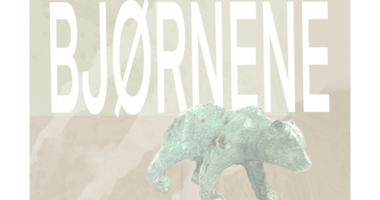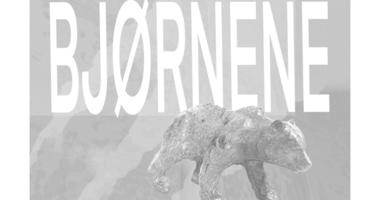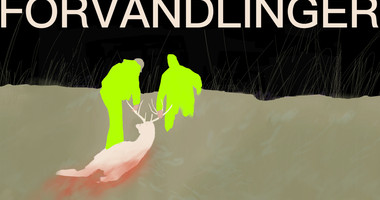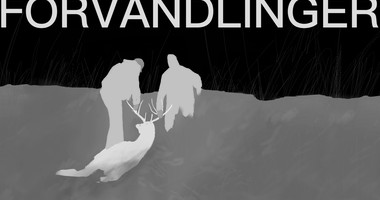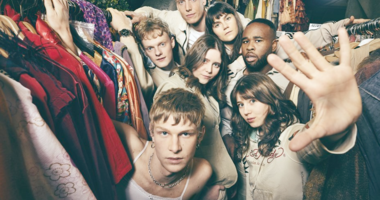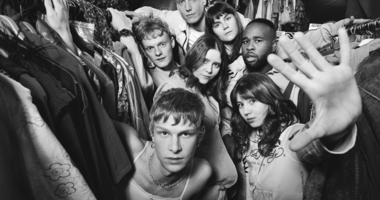The Cosmic Dance
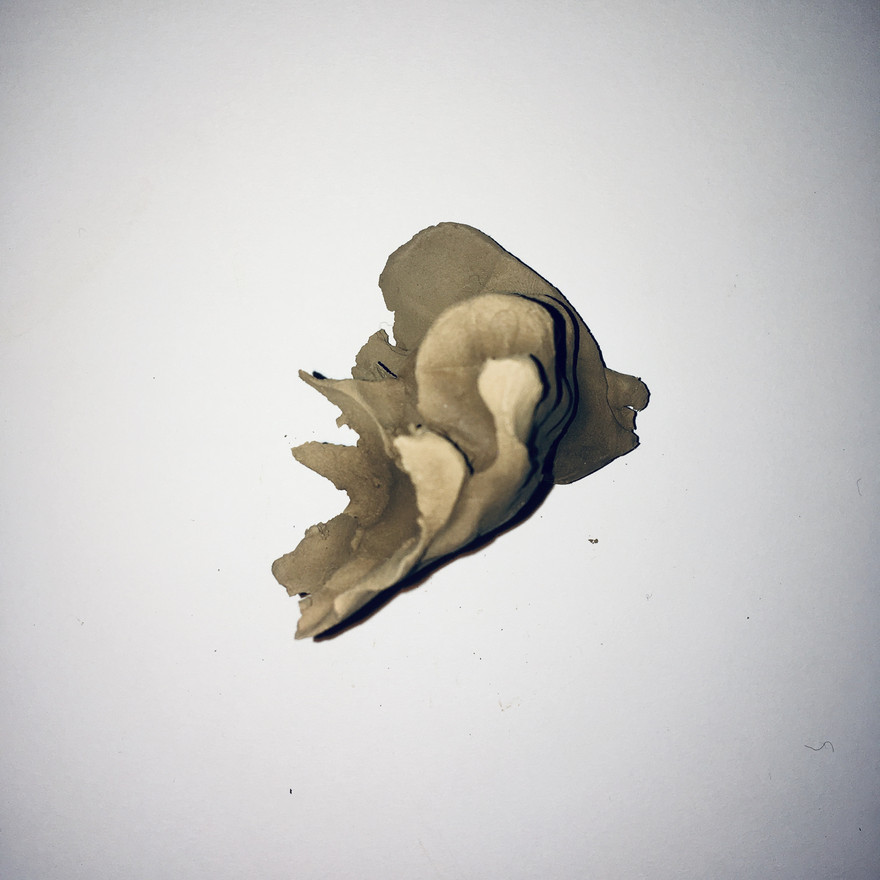
The cosmic dance
Graduation project presentation by Daniella Eriksson, MFA in Dance and Participation
During their graduation project, the students wrestle and wrangle with participation, refining and redefining aspects of its application on the way.
You are warmly invited to attend as the students share their work and present their preliminary findings: This time, Daniella Eriksson will present her project, The Cosmic Dance on December 20th 2022 at 10:00 o'clock at:
SAL 1, DDSKS KØBENHAVN
PHILIP DE LANGES ALLÉ 3
1435 KØBENHAVN K
No reservation needed - just show up!
The Cosmic Dance
A study in keeping the relationship to a choreographic expression alive
Stretch
As a starting point for this research project, I returned to my old secondary school in Falun, Sweden, to teach. Before meeting the class of seventeen young women with whom I would work the next five days, I peek cautiously into the dance hall where a lesson is in progress. As I see my old teacher teach the same jazz warm-up to the same playlist as when I was her student, I am suddenly thrown back in time. "The body is just a tool," she had said, caressing me with both hands from my inner thigh, through my crotch and buttocks up to my belly button. "Stretch," she said, and in response, I tensed to take control of my body. Being a workhorse was the mentality, and we worked hard and dedicatedly. My teacher was an amazing inspiration, an incredibly skilled dancer with a passion for dance that I have rarely encountered. Yet, as I look through the doorway, I am forced to question the consequences of focusing so strongly on the goal, as her teaching method implies.
Breathe life
A study situation in dance contains many complex parameters. Perhaps most of all because it is a work whose primary material is in constant flux - the living, pulsating human being. For me, dance and the performing arts are so exciting precisely because they combine the moving, dynamic, and unpredictable with what we already know; familiar expressions we repeatedly breathe life into in different spaces and times. But what does it mean to breathe life into something? Could it just as well be the spirit of an expression that awakens us, or perhaps more precisely, awakens and moves us in new ways? What is necessary for something to become alive?
In three constellations, I have explored the question, "How can I, as a dance facilitator, ensure that the participant's relationship with a choreographic expression is kept alive?" The interest comes from a need to experience movement with all my senses. To listen and allow dance to happen instead of intending to control it and making myself the protagonist of the dance. To feel like being part of something bigger.
The work began at Lugnetgymnasiet in Falun with a five-day workshop with 17 second year students in the dance program, and followed by a half-day seminar in Malmö for young graduate dancers. This fall, it concluded in Copenhagen with nine sessions with opera singer Freja Høj Højland and actor Anja Bothe. The reason for working with these different groups was to explore what a focus on the sensory experience, as opposed to the visual form, meant when facilitating a session with more or less similar content to participants with varied backgrounds in dance.
The research has meant scrutinizing myself in my role as a dance facilitator to ensure that my instructions are clear enough to allow for work with specific expressions yet flexible enough to account for the situated context and the participants' current capacity. I have looked for strategies and tools to enable the participant to relate to particular expressions and forms in a way that is practically applicable in a group setting yet takes into account the individual's constantly changing circumstances. I have also placed great emphasis on allowing each participant's unique abilities and expressions to emerge and to let as much of that which arises in the present moment to become part of a whole.
Much of the inspiration and knowledge for the project has come from my Alexander Technique teacher Anna Åkerlind. She has demonstrated countless possibilities of allowing movements to occur from a curiosity to be in the world rather than from an ambition to take control or get one's way. The goal has been to combine the demands of the moment with greater potential. Methods have included noticing habitual ways of performing certain expressions and seeing when these habits limit us. Rather than focusing on the representation and predetermined meaning of forms, I have searched for the essence of an expression, which can only be discovered when, as Max van Manen writes in his book Writing in the Dark, one goes beyond what we take for granted1.
My inspiration has been to imagine how the present invites the body and soul, the up and down, the future and past, the in and out, right and left, nature and culture, muscles, skeletons, connective tissue and organs, floor, ceiling, costume and music, computers, chairs, articles, books, coffee cups and, God knows what else, into a pulsating, sensorial ring dance. A dance that resembles the ecosystem we live in here on earth, but where agency is distributed a little differently. A dance where even the silent sounds play on the strings of our hearts.
The cosmic dance
Students perform in threes. I have asked them to recall their experiences from the week's workshop and to first describe a bodily experience using carefully chosen verbs, to after describe what generated that. Using this ‘cause and effect list’ as a starting point, I then instruct them to create one short dance solo individually.
It begins with an arm being raised, then an ear seeking the floor and taking the whole body. Suddenly a quick turn as if a someone suddenly called one of the dancers. A foot kicking in the air as if responding to a football. Then a simple breath, a breath that expresses something all of its own. I see bodies overturned, turned, waved, shaken, dropped, spun, and danced. It is fragile and safe simultaneously. As if I am witnessing the students surrendering themselves to external forces and yielding to the arms of the choreography they have just noted down. As the author and pastor Tomas Sjödin write in his book The Sound of Silence, it is as if they “have the courage to say yes to the cosmic dance.” Of course, there are times when some of them get lost or wobble, but that doesn't seem to interrupt concentration or stop the flow of the dance. Mistakes, repetitions, minor interruptions, blinks, and breaths become details that ornament the choreographies. Even though I don't know the students more than what can be accomplished in seven and a half hours together, it's suddenly like I'm experiencing who they are as individuals. Their particular and unique way of being in the world becomes the foreground of the choreography.
